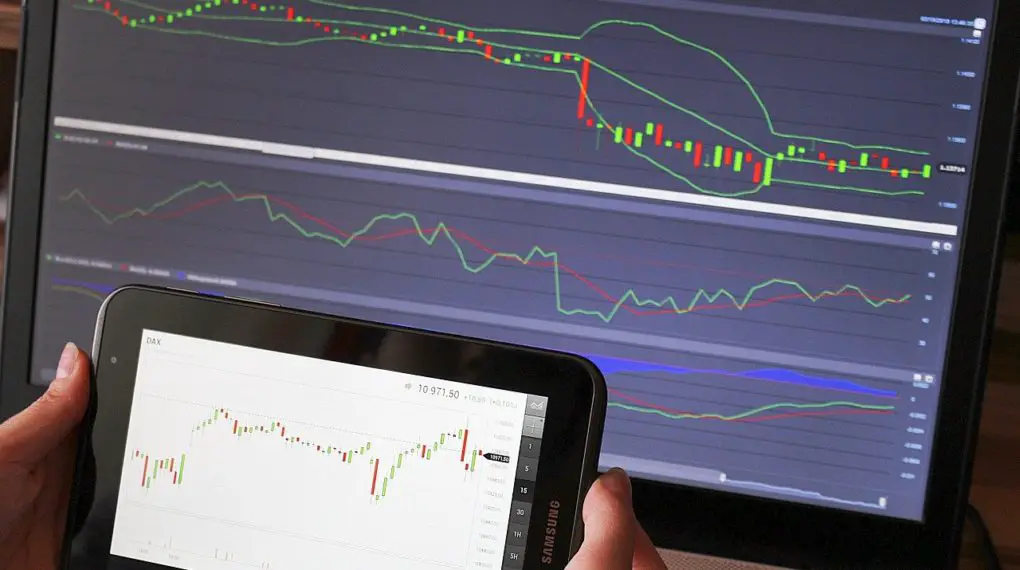Hailing from the words foreign currency and exchange, forex or FX is one of the most active global markets that involves exchanging national currencies against one another. Forex trading has become quite popular in recent years because of the freedom of entry and technological advancements in the industry.
Learning how to trade forex is no easy feat, but once you get the hang of it, you may very well earn high profits. Over the years, the premise of forex trading has become more and more appealing to people, causing more to want to learn how to trade. As a result, you may also find professional programs and courses dedicated to teaching you everything you need to know to be a successful trader.
Key Terms In Trading
As a beginner, one of the first things to do is learn the key terms used in trading. This way, you will understand the language of the market and be able to engage in profitable trades.
PIP
PIP is for percentage in point and refers to the movement in exchange rates. It is often used as a metric for profit or loss when there is a change in the rate between two currencies. A single pip is equal to 0.0001 and usually measures the last decimal place. For example, if the exchange rate between two currencies moves from 1.5000 to 1.5001, the 0.0001 increase in value is termed as one pip.
Spread
The spread is known as the distinction between the bid, i.e., the price at which you sell the currency, and the ask, which is the price at which you buy the currency. It measures the cost incurred from making a trade and is measured in pips.
Margin
In forex trading, a margin is the amount of money you have to put in to open a trade. You can think of it as a deposit that gives you access to a larger capital. When trading with a margin, you pay a percentage of the full value to open a leveraged trading position.
About Forex Markets
The forex market consists of currencies from all around the world, with the main supply controlled by central banks. It operates in the time zones of New York, Sydney, London, and Tokyo, all of which house the major forex trading centers. This system allows you to trade 24 hours or at any time of the day, which likely explains why trading had reached an all-time high of $6.6 trillion in 2019.
When learning how to trade forex, you also have to acquaint yourself with the types of forex markets. The three most common types include spot markets, futures markets, and forward markets.
Spot markets are the quickest transactions since they involve direct payment at the spot rate, the current exchange rate. They account for about one-third of currency exchanges because of how easy it is to transact.
The futures market, on the other hand, refers to transactions agreed to be done at a later date based on the future rate that two parties decide. Here, you create a non-negotiable contract to ensure the trade pushes through at the agreed price. The forward market operates similarly except for the fact that contracts may be modified for flexibility.
